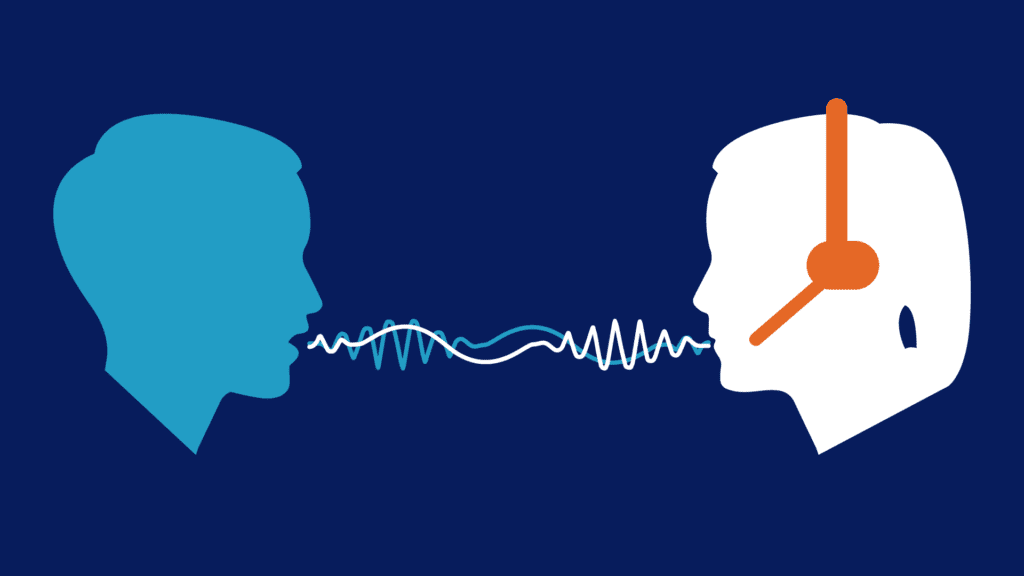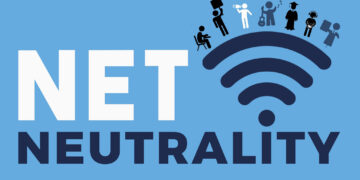Businesses these days have a lot of data in their possession. But simply possessing this data is not enough. The key is knowing how to utilize that information to improve your business.
Call Analytics is a rapidly evolving tool that retailers and firms use to gain insights on customer calls. The two different approaches to call analysis are:
- Speech Analytics
- Voice Analytics
A common mistake made by most businesses is not understanding these two concepts thoroughly. This prevents businesses from using Call Analytics to its full potential. Here, we’ll assist in comprehending every detail about your Call Analytics package.

Breaking Down Speech Analytics
Speech Analytics tools such as Call Gear’s focus on the interactions between support representatives and customers. This program converts speech to text, to analyze the words and the context in which they were spoken. The isolation of words and phrases is performed in this manner to understand the nature in which the words are spoken. Other than isolation, the firm can use phonetic indexing to organize the content as well.
Revealing the common words and phrases used by customers during such conversations provides the business useful insights. This is done by locating words and creating a framework often within your firm. This helps the business optimize marketing strategies and improve customer experience.
Pros and Cons of Speech Analytics
| Pros | Cons |
| Speech Analytics proves beneficial in training and monitoring call center agents. | Skilled professionals and business analysts are needed to fully utilize its advantages. |
| Tracks performance issues of employees. | Cannot function properly without a proper management system. |
| Focuses on what people say during the conversation. | Analysis of the report is left to human experts. |
| Improves first-call targeting. | Tedious analysis process. |
| Company vocabulary improves with time. | Does not consider the emotional state of callers. |
| Such software has a limited vocabulary. |
Breaking Down Voice Analytics
Voice Analytics deals with the interactions between support representatives and callers. It determines the tone of the conversation and how it was spoken to understand its context. Audio patterns such as syllable stress, pitch, tempo, rhythm and tone measure the emotions involved using predefined algorithms.
An emotional voice database in the Voice Analytics software is used to compare assimilated samples. Comparing the voice with emotions such as anger, fear, happiness, and sadness, the system generates a report correctly identifying the emotional state of the customer.
Example:
A customer uses the word “great” on a support call. The customer may have used it sarcastically. When the Voice Analytics solution is run, it compares the call with its database to find a match. Using Voice Analytics it becomes clear that the caller was not satisfied. Artificial Intelligence detects not only the words, but the context in which they are said. This is not clear until the audio is analyzed using Voice Analytics.
Pros and Cons of Voice Analytics
| Pros | Cons |
| Provides a thorough assessment of the speaker’s pitch, amplitude, frequency, time, and so on. | This tool does not track keywords and phrases until used in unison with a Speech Analytics software. |
| Avoids confusion regarding the context the word is used in. | Not very efficient as it is still a developing technology. |
| Reduces the need for expert analysis. | It may misinterpret the tone when there is a disturbance. |
| Voice Analytics saves time and provides accurate reports. | |
| Can extrapolate the caller’s emotional state to determine future behaviors. | |
| Focuses on improving second-call targeting. |
Speech Analytics vs Voice Analytics
The differences between the properties of Speech Analytics and Voice Analytics become adamant when comparing the two.
| Speech Analytics | Voice Analytics |
| Assesses the words and phrases in the conversation. | Focuses on the intonation of the interaction. |
| Cannot detect emotions such as anger, sadness, and happiness, but picks up certain keywords to understand the context. | Has the ability to gauge audio elements including tone, pitch, rhythm, and tempo to determine the emotional quotient. |
| Deals with what was spoken during the interaction. | Deals with how it was spoken during the interaction. |
| Captures the verbal aspect in a conversation. | Captures the emotional aspect of a conversation. |
| Provides quick responses triggered by keywords and phrases. | Provides evaluated responses based on the customer’s emotional state. |
Conclusion
Speech Analytics and Voice Analytics are transforming the interactions between businesses and consumers. Where Speech Analytics works on the words and phrases, Voice Analytics deciphers customer emotions.
Speech Analytics proves beneficial in cases where an emphasis on keywords or phrases suggests the possibility of a sale. Voice Analytics saves time and effort by finding the meaning of the words used. Either way, learning the behavior of customers and differentiating between present and past interactions can provide extremely valuable insights to any company.












